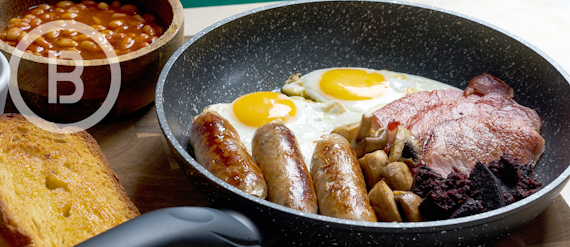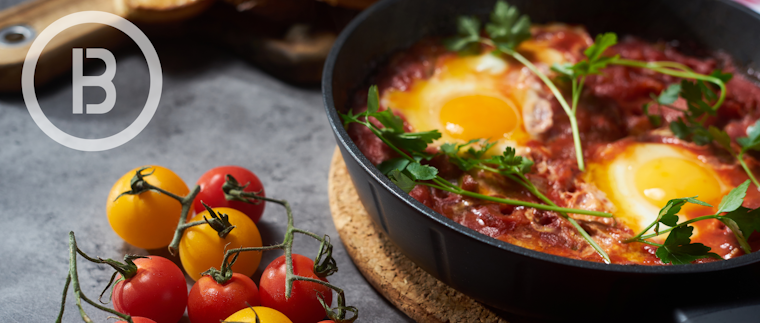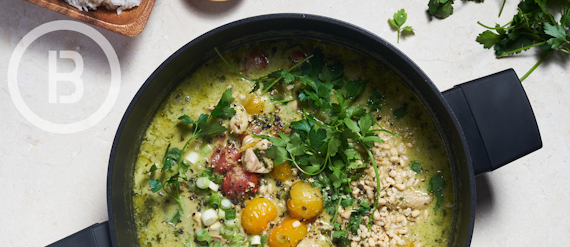

Free UK DeliveryNo Minimum Spend
30 Day Returns Policy
Buy Now Pay LaterClearpay & Klarna
Excellent ReviewsCheck out our Trustpilot Page
Clearing up Confusion: Understanding Commonly Misunderstood Cookery Terminology
Cooking is an art that is constantly evolving and adapting to new trends and techniques. With so many cooking terms and phrases to learn, it can be overwhelming for beginners to understand the nuances of cookery. In this blog, we'll explore some of the most commonly misunderstood cookery terminology and clarify their meanings.
Poaching vs. Boiling
Poaching and boiling are both cooking methods that involve submerging food in liquid, but there are some key differences. Poaching involves cooking food in a gentle simmering liquid, while boiling involves cooking food in rapidly boiling liquid. Poaching is often used for delicate ingredients such as eggs or fish, while boiling is best suited for heartier ingredients like pasta or potatoes.
Simmering vs. Boiling
Another commonly misunderstood cookery terminology is simmering vs. boiling. Simmering involves cooking food in liquid at a low temperature, just below boiling point. Boiling, on the other hand, involves cooking food in liquid at a high temperature where the liquid is rapidly bubbling. Simmering is often used for long, slow cooking processes like making soup or stew, while boiling is used for quick cooking processes like blanching vegetables or boiling pasta.
Slicing vs. Dicing
Slicing and dicing are both techniques used to cut food into smaller pieces, but they differ in the size and shape of the cuts. Slicing involves cutting food into long, thin pieces, while dicing involves cutting food into small, uniform cubes. Slicing is often used for larger ingredients such as meat or bread, while dicing is best suited for vegetables or fruits.
Understanding these commonly misunderstood cookery terminology can help you become a better cook and make your recipes turn out even more delicious. By using the right cooking method and technique, you can create dishes that are perfectly cooked and full of flavour. So, the next time you come across these cooking terms, you'll know exactly what they mean and how to use them in your kitchen.
